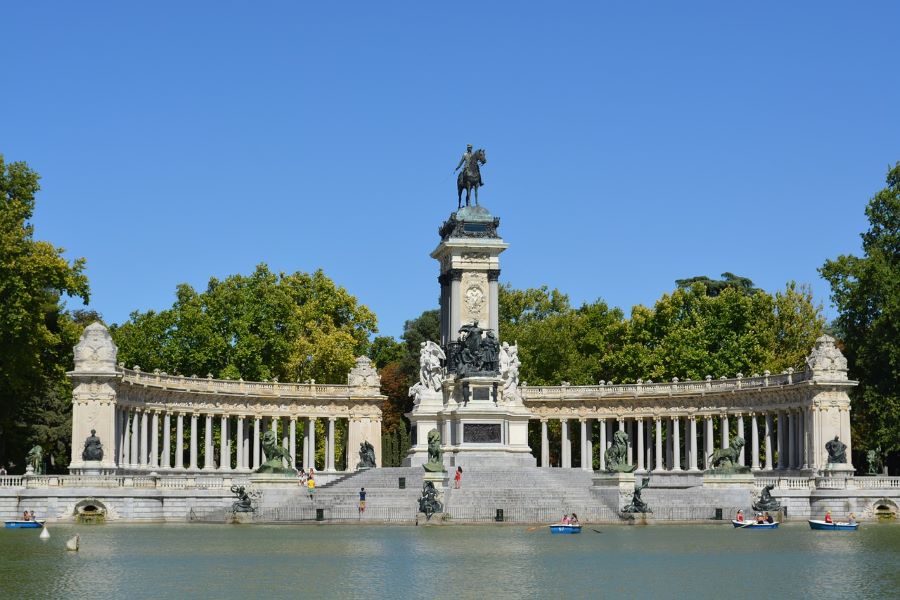Madrid receives its fifth UNESCO World Heritage status, but the first in the city. The Retiro Park and Paseo del Prado meet the strict criteria for inclusion in the list.
The famous Retiro Park and Paseo del Prado boulevard in Spain’s capital have been added to UNESCO’s World Heritage List. The decision, made on Sunday, brings the total number of World Heritage Sites in Spain to 49. This puts Spain in third spot worldwide, behind Italy and China.
Other Madrid World Heritage sites outside the city
Up until Sunday, none of these sites were in the Spanish capital. The Madrid region, however, was home to four: El Escorial Monastery in El Escorial, the historic precint of Alcalá de Henares, the historical centre of Aranjuez and the Montejo beech forest in Montejo de la Sierra.
For the sites to receive World Heritage status, Spain needed the support of two-thirds of the UNESCO committee – 15 votes from 21 countries. Brazil, Ethiopia, Russia, Uganda, Nigeria, Mali, Thailand, Kyrgyzstan, among others backed the site’s inscription.
Spanish Prime Minister Pedro Sánchez celebrated on Twitter, saying it was a “deserved recognition of a space in the capital that enriches our historical, artistic and cultural legacy.”
The lungs of Madrid
Retiro Park is 118 hectares in the centre of Madrid city. Paseo del Prado boulevard is another icon of the capital. It features six museums, the Fuente de Cibeles (fountain) as well as the famous Plaza de Cibeles square. The Paseo was a blueprint for similar boulevards around the world.
Prior to the vote, the International Council on Monuments and Sites (ICOMOS) advised UNESCO argued against considering the Paseo del Prado and Retiro Park as one site. Their recommendation was Retiro Park be left out as there were no “historic justifications” for the two to be paired.
This did not sit well with Spain’s ambassador to UNESCO, Andrés Perelló. He said, “What they are asking us to do is rip out a lung from Madrid. El Prado and El Retiro are a happy union, whose marriage is certified with a cartography more than three centuries old.”
The ICOMOS report also denounced the air pollution surrounding the site. To address these concerns, Madrid City Hall indicated it plans to reduce car traffic under its Madrid 360 initiative. Among other things, the initiative is to turn 10 kilometres of 48 streets into pedestrian areas.
Read more about the history of the site and the application, here.


